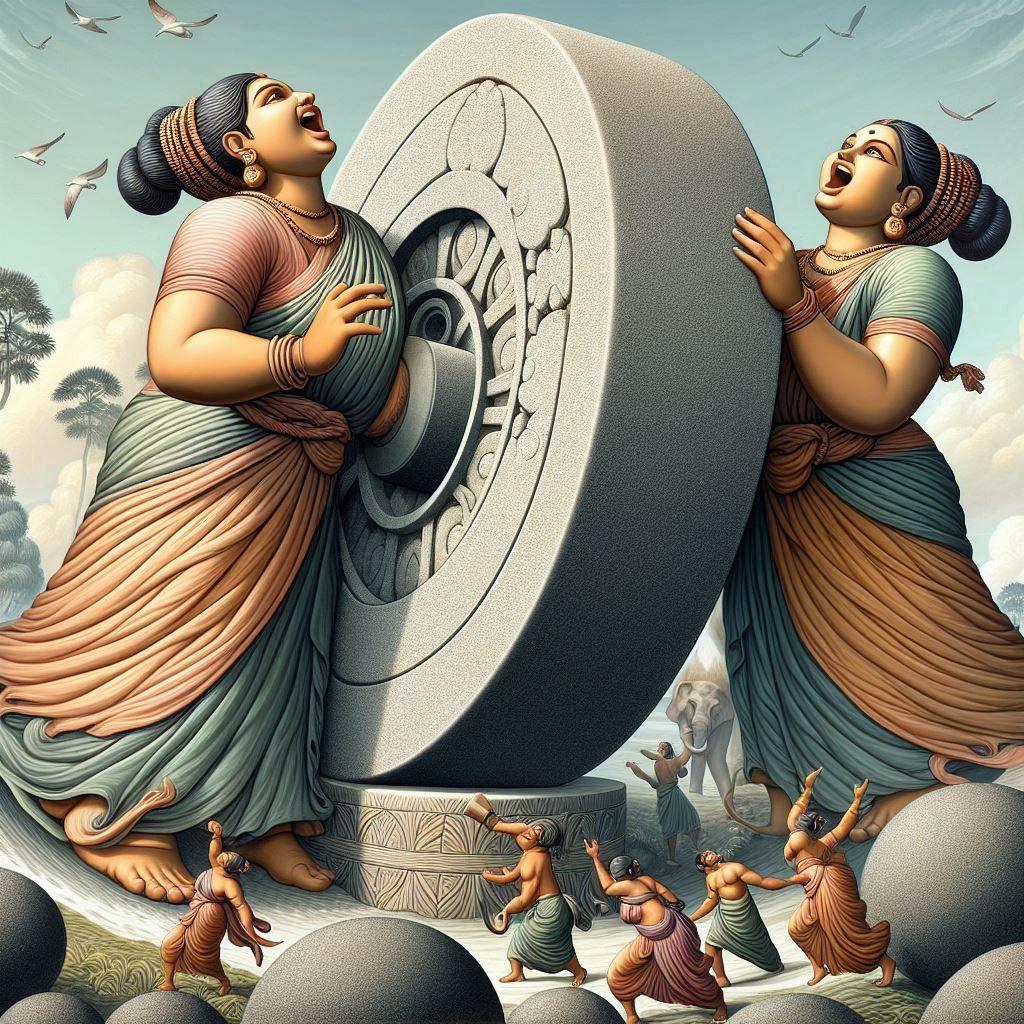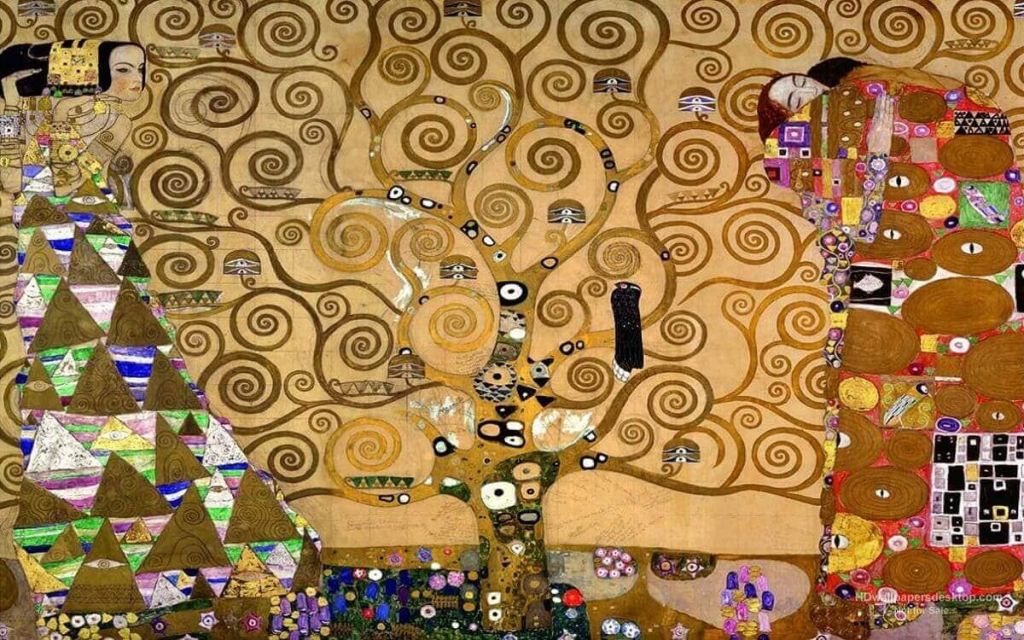“Grottasǫngr,” or “The Song of the Mill Grote,” is a captivating Norse poem that offers a wealth of wisdom and insight into the human condition. While it may not be as widely recognized as other Norse sagas, its themes and symbolism are as relevant today as they were centuries ago.

At the heart of “Grottasǫngr” lies the tale of two enslaved giant maidens, Fenja and Menja, who are forced to grind, wealth and peace from a magical mill for a tyrannical king named Frote. The maidens initially start with enthusiasm but become tired. The king driven by greed and power refuses to allow them to rest. The maidens’s enthusiasm turns into defiance. Learning of their defiance the King responds by making them work harder and rest less. The defiance turns into anger and the maidens begin to predict the destruction of the kingdom. They drive the millstone so hard that it shattered in pieces. As the millstones grind to a halt the kingdom is overrun by an army.
The mill, a symbol of Frote’s power and wealth, holds a hidden force that can shape the destiny of the kingdom.
As the maidens grind, they sing a prophetic song, their words echoing with the wisdom of the ancient Norse. Their defiance and resistance against Frote’s oppressive rule become a symbol of the human spirit’s enduring power.
The poem taalks about the power of the oppressed: The maidens’ strength, resilience, and agency highlight the power and importance of the defiant spirit in shaping the world.
The poem earns about the Limitations of Power.Frote’s downfall illustrates the dangers of unchecked ambition and the limitations of human control.
The poem witness the Interconnectedness of fate and destiny. The poem emphasizes the concept of Wyrd, the Norse notion of fate, and how all events are interconnected and part of a larger cosmic plan.
Most of all The poem is a witness of the Enduring Power of the Human Spirit. Despite their suffering, the maidens’ spirit remains unbroken, showcasing the resilience and determination of humanity.
“Grottasǫngr” offers a rich landscape of themes and symbolism that can be applied to our modern world. By understanding the lessons embedded within this ancient poem, we can gain valuable insights into the human condition, the nature of power, and the enduring power of the human spirit.
Whether you’re a fan of Norse mythology or simply seeking wisdom and inspiration, “Grottasǫngr” is a hidden gem worth exploring. Its timeless message continues to resonate with us today, reminding us of the importance of resistance, the dangers of unchecked power, and the enduring power of the human spirit.




